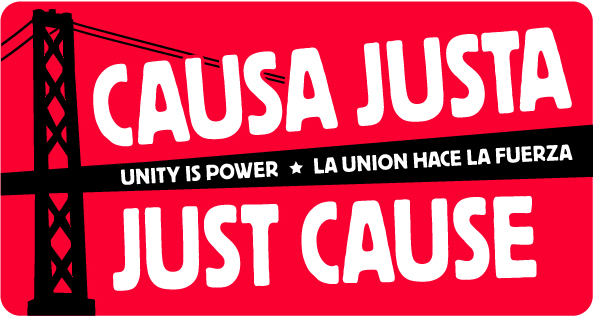Raven Willoughby
Over the last 50 years, redevelopment agencies (RDA) in the state of California have worked diligently on promoting economic and community development in areas once deemed “undesirable.” About 400 RDAs across the state have provided funding for many different projects including affordable housing, improving city infrastructure and landscape, and providing job opportunities.
In 1945, the legislature gave cities the ability to create RDAs that would identify “blight” or property areas in need of revitalization. The RDAs would provide the initial funding for projects in these neighborhoods that create the momentum for further development. The revitalization leads to increases in property values; and, the increased property taxes that get collected creates the revenue that are used to fund more projects.
In light of the current state level budget crisis, Governor Brown proposed legislation to dissolve redevelopment agencies in order to decrease the budget deficit. On December 29, 2011, the California Supreme Court ruled in favor of the governor, and the dissolution of all redevelopment agencies went into effect February 1, 2012.
Successor Agencies
With the elimination of the RDAs, local city governments are now fully responsible for setting up “successor” agencies that will complete outstanding projects and assume outstanding debts. These successor agencies will create an oversight board, which will have appointees from several local agencies i.e. school board, park districts, etc.
These boards will be responsible for making the decisions about the specifics of the transition process and all their meetings and discussions will be held open to the public. While the path forward is clear for projects that were initiated under the old system, what is really unclear is how future projects that are needed in our neighborhoods will happen. And this is a serious problem.
Redevelopment agencies have invested heavily in areas that do not traditionally attract private developers. Numerous neighborhoods in San Francisco and Oakland rely on redevelopment funds as the main funding source for creating the infrastructure that our communities need. In Oakland alone, the elimination of the RDA will create a gap of about $28 million in this type of critical project development.
Impact on Working Class Neighborhoods
What is the future for community development in working class neighborhoods like the Mission, Excelsior, West and East Oakland? How will development in the communities that most need it continue to move forward without RDAs? Where will new funding sources come from and how will residents be able to participate and lead in the decisions about how their neighborhoods develop and thrive?
Right now there are many more questions than there are answers. There is also widespread concern that Governor Brown’s decision to eliminate the RDAs was a shortsighted action that will seriously hurt our state and her residents in the long run. What does seem clear is that the voices and opinions of those most impacted by these decisions have to be at the forefront of figuring out the way forward. More than ever working class people have to be actively engaged around issues of community and neighborhood development.
Our neighborhoods, our cities, our decision!

